Deep in the Essex countryside lies Stow Maries, the last remaining near complete WWI Aerodrome, originally home to No 37 (Home Defence) Squadron of the Royal Flying Corps. Stow Maries is now home to the Great War museum and on this very wet afternoon in April to around 100 photographers for an afternoon, sunset and night shoot with hopefully some flying from the vintage WWI aircraft.
It had been a very wet week and this continued as I arrived at the airfield for a very welcome pre shoot lunch in the Naafi to warm myself up for the evening ahead. The car park (thankfully reinforced with plastic matting) and the airfield were very water logged. As the 4pm start time approached the sky started to brighten and the sun came out to everyone’s relief although the strong wind was still a threat to any proposed flying.
Stow Maries was built in 1915 as one of several aerodromes forming a protective ring around London against German Zeppelin airships and later Gotha Bombers. The first aircraft belonging to 37 (Home Defence) Squadron Royal Flying Corps’ ‘B’ Flight arrived in September of the following year and the aerodrome dramatically increased in size as the war progressed with A Flight arriving in 1917 and the remaining C flight arriving shortly after war ended in February 1919 bringing staffing levels to 300 personnel and 24 aircraft. A month later the entire squadron moved to Biggin Hill in Kent, leaving Stow Maries aerodrome empty with the land reverting to agricultural use and the building into disrepair. In 2007 the site was purchased by a small commercial company run by Russell Savory who restored the RFC Engine and Doping Workshops for their business use as well as reinstating the grass landing strip and creating a small museum. In 2012, following a campaign by Russell Savory the site was acquired for the nation by Stow Maries Great War Aerodrome Ltd to ensure its long term preservation.
After a briefing from Neil of Timeline Events and an introduction from Dick Forsythe the chair of the WAHT (who own the three resident aircraft) and Russell Savory the aircraft were towed out of their hanger and positioned on the edge of the airfield to provide easy access to each airframe with nothing but the beautiful countryside as a backdrop.
First out and into position was the Royal Aircraft Factory BE2 replica, part of a trio of replica aircraft at Stow built by the Vintage Aviator Company in New Zealand and owned by the WWI Aviation Heritage Trust (WAHT). The BE2 is a two seater, single engined biplane which was originally designed as a platform for aerial reconnaissance operations but variants were also used as night fighters against German Zeppelin airships.
Following the BE2 across the very boggy ground was the Albatros DVa. The Albatros DVa fighter was the mainstay of the Imperial German Air Service during 1917 and early 1918 until replaced by the vastly superior Fokker D.VII. A single seater biplane based on an attempt to improve on the D.III to keep up with newly developed allied aircraft such as the RAF SE5a and Sopwith Camel although the strengthened and streamlined fuselage was not enough to keep it at the forefront of fighter technology.
Third in the trio of WAHT owned aircraft was the Sopwith Snipe. Designed as a follow up to the Sopwith Camel, the new single seater fighter provided improved visibility for the pilot and better handling qualities and was well liked by those who fly it. Snipes were generally used for escort work but the plane could be equipped with four 20ib Cooper bombs which could be clearly seen on this replica.
Completing the line up was the Bristol Scout 1264 owned by the Bremner family. Their grandfather flew with No. 2 Wing RNAS from Dec 1915 to Aug 1916, at Imbros, off the Gallipoli peninsula and at Thasos, a Greek island off the coast of Bulgaria. Although he flew 10 aircraft the Scout was his favourite. After the family found various souvenirs in his workshop they decided to rebuild 1264. Starting in 2008, the work was completed in July 2015 almost 100 years after it originally first flew. The family hope to return the aircraft to Greece later this year to recreate its original flights. David had trailered it down from Bicester for the event and you can read his account of the day on his blog.
Born as a racing aircraft the Bristol Scout had excellent performance however since it wasn’t designed for combat it lacked integrated machine guns so was used as a single seater fighter scout.
With the aircraft in place the reenactors from the Great War Society played out various cameos around the aircraft. Russell was very helpful and enthusiastic providing snippets of information about each aircraft as well as a very welcome large sheet of tarpaulin for any photographer who wanted a low shot of the aircrafts without laying on the waterlogged ground.
Despite the very wet ground, the sun was out and providing some fantastic late afternoon light but it was now the wind that could put a stop to any flying. As the wind started to drop below the magic 10mph, the BE2 was fuelled up a safe distance from the photographers before taxing to the end of the main runway which now had a direct headwind to make the take off easier. 10 minutes after the BE2 took off a more reluctant David Bremnier decided conditions had improve sufficiently and took to the air in the Scout for a short flight.
With both aircraft safely back on the ground it was time for the first static engine run of the evening in the fading twilight. With one eye on a hail storm passing just to the north east of the airfield the Sopwith Snipe was positioned under the lights with some cameo scenes staged before the engine was fired up.
After a reluctant start the engine ran for a minute or so before stopping again. After more oil and tweaking by the engineers it was started up again (all by hand cranking the prop in close co-ordination with the pilot) before a full engine run. Blue flames could be seen be seen shooting out of the bottom of the Bentley engine to further add to the effect. A second engine run took place as the light faded and by this time the sky was also a beautiful blue with stars starting to show through the clearing clouds.
Following its engine run the Snipe was put away in the hanger and it was time for David to run the Scout’s engine under the lights for the finale to the evening. No flames from the Le Rhône engine but still an impressive sight as she visibly rocked under high revs. As the engine fell silent there was a round of applause and appreciation to the organisers, engineers, pilots, ground crew and support staff plus of course the reenactors for making this special event such a success.
Before the event was announced Stow Maries wasn’t a place I had heard of but its idyllic location and unspoiled backdrops makes this a fantastic place for an aircraft shoot and having 4 vintage aircraft to shoot at the same time meant there wasn’t a clamour for the best angle as can sometimes happen. An extremely well run and enjoyable event that has to rank very highly against similar events I’ve attended. The museum was only opened a few months previous but a full calendar of events is planned for this year so I would encourage anyone with an interest in Great War aviation to pay it a visit.

























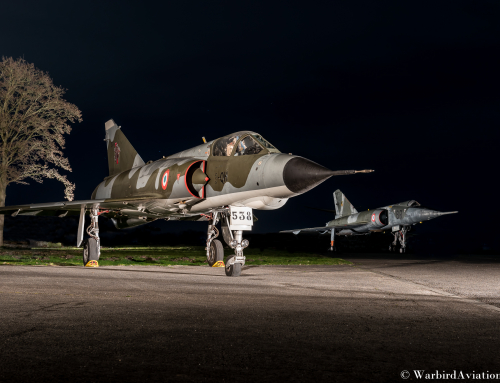
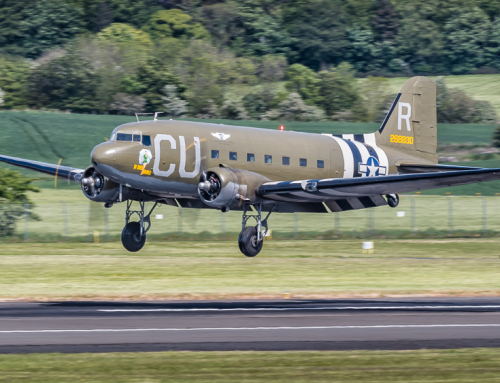
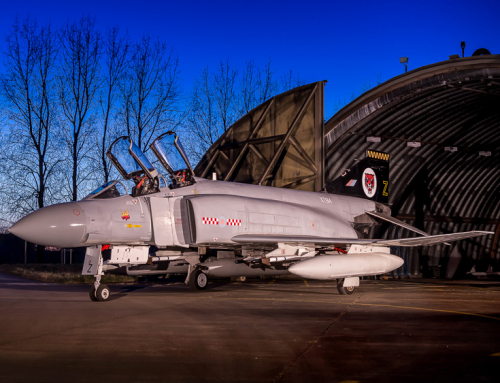
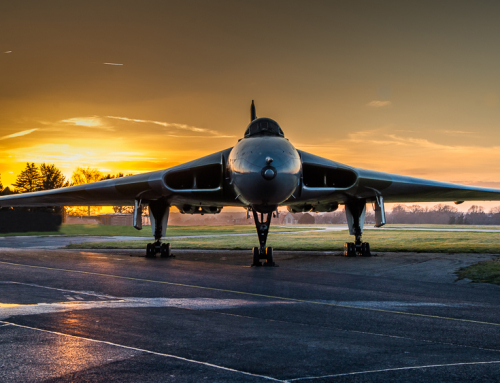
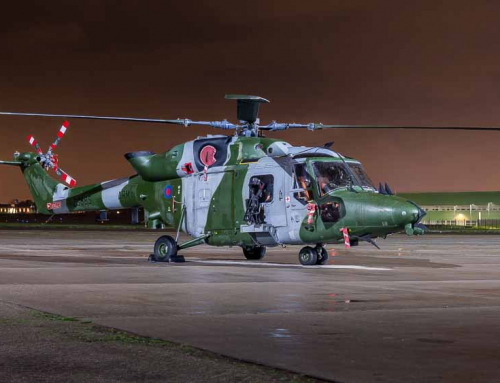
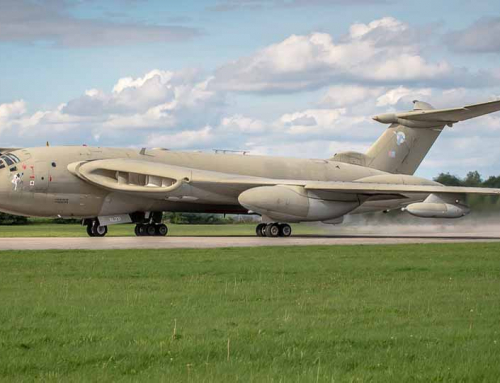
Feel free to add a comment